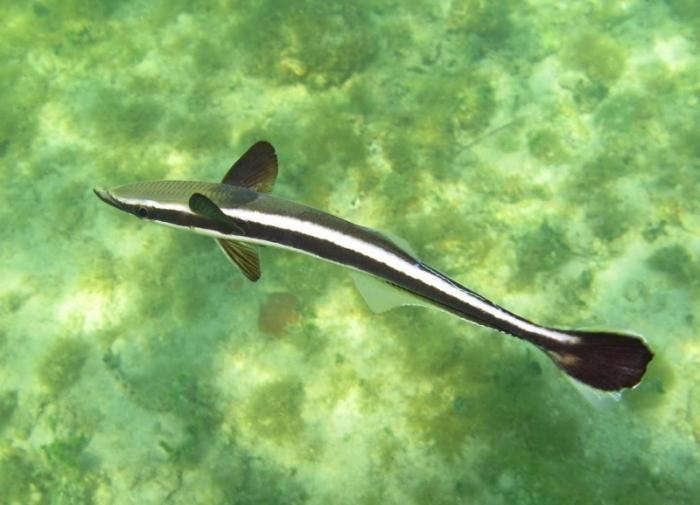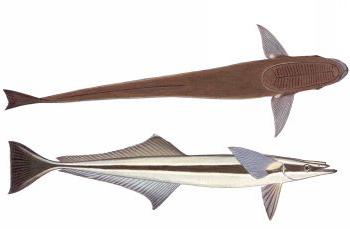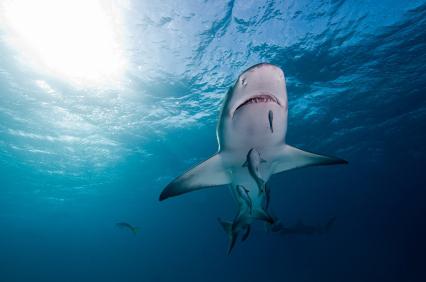Stick fish is one of the most amazing creatures that inhabit the oceans. They spend almost their entire life, attaching themselves to various “owners” using the first dorsal fin, shifted to the upper part of the head and transformed during the evolutionary process into a special suction cup that has the shape of an oval disk. These fish were repeatedly found on cetaceans, rays, dolphins, turtles, and even on marine vessels. The sticking fish even of the most bloodthirsty predators of the seas and oceans - sharks - manage to turn into a convenient and comfortable "vehicle".

According to the biological classification, these unusual marine creatures belong to the family of the bony detachment of the perciform class of ray-feathers. They are widespread in the subtropical and tropical seas. Sticking fish is not just an amazing creature, it is a vivid example of the evolutionary adaptability of biological organisms to various conditions of existence. The fact is that nature did not supply it with a swimming bladder, which allows regulating the depth of immersion. And the sticking fish found a completely original solution, using larger sea creatures as "vehicles".

Different types of these unusual inhabitants of the underwater world prefer well-defined "owners", not only significantly facilitating their long journeys, but in many cases playing a very important role in their lives. The most independent in its choice is the so-called ordinary stuck. Unlike his other "sticking" relatives, he has a certain inclination towards independent life and often travels in splendid isolation. By the way, it is one of two species of representatives of this family (the second is shark remora) living in Russian territorial waters.
The juvenile fish sticking initially exists in an autonomous mode and begins to actively stick to floating objects only when it reaches a size of more than four centimeters. Sticking fish at this stage of development chooses small fish, for example, bodies and puffers, as companions. For a long time it was believed that these representatives of the marine fauna feed exclusively on the remnants of the food of their large "owners". But it is not so. Planktonic and small animal organisms, as well as exoparasites of the “host”, prevail in their diet.

Unlike the ordinary one, the shark of Remor is connected with its bloodthirsty “vehicle” by much stronger bonds. She is a true marine shadow, everywhere inextricably following her toothy "mistress." Such sticking fish and sharks are a good example of the biological tandem and the perfect ecosystem of the planet. The remoire menu is based on small invertebrate parasites - copepods that live on a shark body, which, no doubt, brings considerable benefits to the predator.
Apparently, remora cannot exist completely independently. Until now, this species has been found to stick only attached to the shark, mainly in its gill cavity, where there is free access of water to the breathing apparatus of the remora without any effort on its part. It is also interesting that the sticks of this type removed from the shark and placed in the aquarium felt extremely uncomfortable, one might even say badly. Remors showed signs of "heavy breathing", making more than two hundred respiratory movements per minute.
Also characteristic and rather unusual feature of many species adhered is their ability to change their color. Basically, the sizes of adult fish-adherents range from 30 cm to one meter. The boundaries of the depths of their habitat are approximately 20 - 50 m.